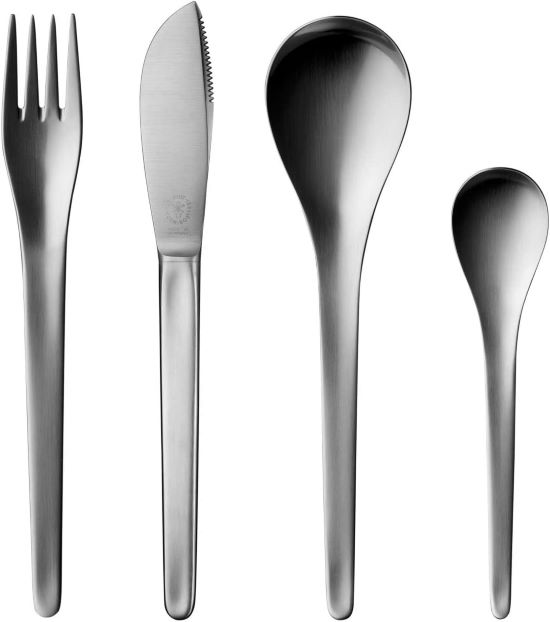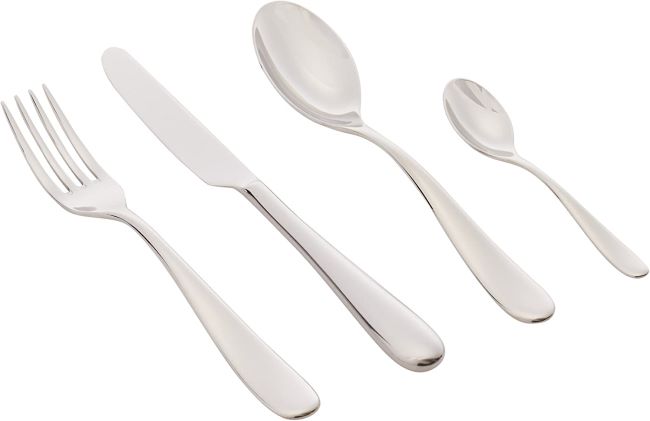KFC, short for Kentucky Fried Chicken, is a globally recognized fast-food chain that has left an indelible mark on the culinary landscape. With its origins dating back to the 1930s, KFC has evolved into a cultural icon, renowned for its signature fried chicken. The tantalizing aroma of their secret blend of 11 herbs and spices has lured countless customers into their restaurants worldwide. KFC’s commitment to quality and consistency has propelled them to become one of the most beloved fast-food chains, offering a menu that extends beyond their legendary chicken, including sides like mashed potatoes, coleslaw, and biscuits. With its distinctive red and white logo and friendly ambiance, KFC continues to satisfy the cravings of chicken enthusiasts around the globe.
The spork, a clever combination of a spoon and a fork, is a versatile utensil that has gained popularity for its practicality and convenience. With its unique design, the spork allows users to tackle a wide range of foods, seamlessly transitioning between spoon-like scooping and fork-like stabbing. Its hybrid nature makes it an ideal choice for various dining situations, whether it’s enjoying a bowl of soup, indulging in a salad, or digging into a plate of pasta. The spork’s compact and lightweight construction also makes it a favored choice for outdoor activities such as camping, picnics, and backpacking, eliminating the need for carrying multiple utensils. Its simplicity and functionality have made the spork a beloved utensil, blending the best of both worlds and offering a practical solution for mealtime.
Although they belong to different realms, there is a connection between the two when it comes to convenience. The infamous Colonel Sanders was the first to introduce plastic sporks. In the 1970s, the amazing spork utensil was introduced at all of his restaurants. When enjoying a meal at KFC, customers can appreciate the practicality of the spork, which allows them to scoop up mashed potatoes or coleslaw with its spoon-like end and stab into a crispy chicken piece with its fork-like tines. This ingenious utensil harmonizes with the fast-food experience, enabling customers to savor their KFC meal with ease and efficiency.
Moreover, both KFC and the spork have become cultural icons in their own right. KFC’s red and white logo is instantly recognizable, symbolizing a treat for taste buds worldwide. Likewise, the spork, with its distinctive combination of spoon and fork, has become a symbol of practicality and versatility, evoking images of outdoor adventures, casual dining, and convenience. Both KFC and the spork have earned their place in popular culture, representing not only satisfying food and innovative utensils but also the concepts of simplicity, convenience, and enjoyment. Whether it’s sinking your teeth into a crispy chicken drumstick at KFC or effortlessly switching between spooning and forking with a spork, these icons continue to captivate and delight people around the globe.





